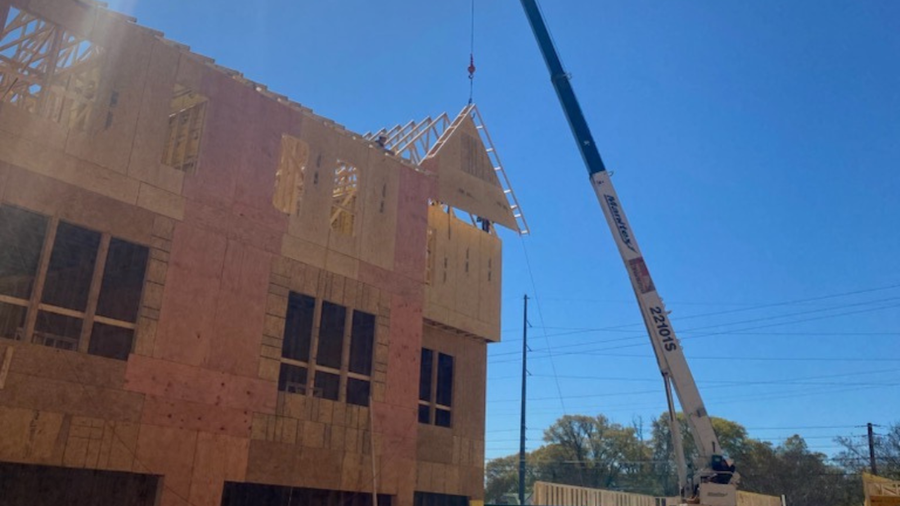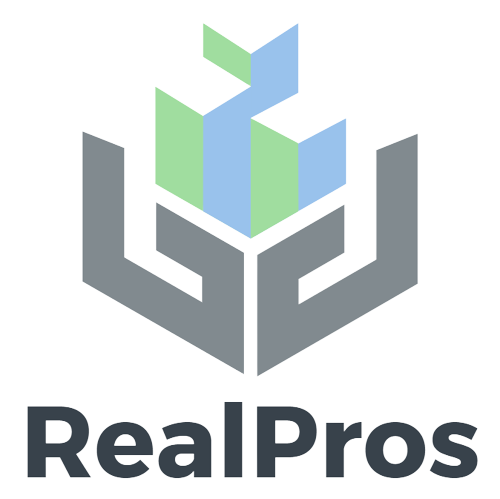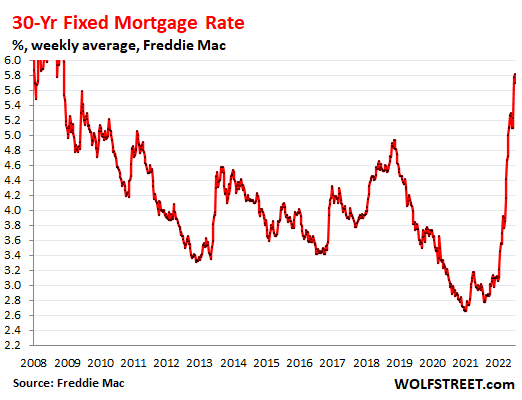3 key strategies for value engineering residential architecture

Value engineering a residential development is a complex process. Implementing value engineering strategies from the preconstruction planning phase helps increase the profitability and efficiency of the project. Here are three ways to value engineer a residential development.
Cost reduction
One of the primary objectives of value engineering is to reduce costs. This can be achieved by using materials and systems that are more cost-effective, streamlining the construction process and optimizing the design to reduce waste and rework. For example, using prefabricated building components can reduce construction time and labor costs, while designing for flexibility in future upgrades can save money on future renovation work.
Examples of cost-reducing value engineering may include design finishes, building envelope systems and tracking material shortages and cost increases.
- Design finishes: When bidding out a project, there are many suppliers to choose from. Harrison Homes, for example, sources high-quality materials and maintains a database of manufacturers with similar quality products in each category. This helps maximize budgets and provides flexibility to swap out like products at a lower cost. Tile, flooring, countertops and cabinets are great examples of where residential developers can provide the best-valued products on the market to implement the community’s overall interior design style.
- Building envelope systems: Our purchasing and construction team stays up to date on the latest envelope systems, including traditional oriented standard board (OSB) and house wrap, zip systems (sheathing, insulation, and waterproof taping), and Tyvek drain mats, to name a few. Our goal at Harrison Homes is to understand the benefits and downsides of these systems and help our partners make the most informed decision on how to cost-effectively construct a quality product and keep assets watertight.
- Tracking material shortages and cost increases: We continuously track material shortages and cost increases. With lumber, concrete and other cementitious products seeing high costs, our team gets creative on material substitutions. A great example is transitioning away from site-finished hardwood floors and moving towards engineered hardwood products in a similar price range that provide a higher Janka rating (a measure of hardness and durability). Site-finished hardwood floors require a more intensive and time-consuming three-step process that includes installation, sanding and finishing, and then a final clear coat application. Engineered hardwood floors, in contrast, require one mobilization for installation. Luxury vinyl flooring is also a popular alternative, especially in townhomes and lower-priced single-family homes or cottages.
Improved functionality
Another key aspect of value engineering is to improve the functionality of the development. This can be achieved by incorporating features and systems that enhance the living experience for residents, such as incorporating smart home technology, optimizing space utilization, and providing sustainable or water-saving fixtures. These features not only increase the value of the development but also make it more appealing to potential buyers and renters.
Examples of improved functionality may include green building, analyzing insulation values and building structures to last.
- Resource-efficient (green) building: Green building is defined as the practice of creating structures and using processes that are environmentally responsible and resource-efficient throughout a building’s life cycle from siting to design, construction, operation, maintenance, renovation and deconstruction. Not only is building green a great step towards energy efficiency, but it also generates cost savings over the lifecycle of a building. Our goal is to consider the projected lifecycle of a building and determine what products can be used to decrease operating expenses (i.e., utility bills, maintenance costs, low maintenance and low water usage landscaping).
- Analyzing insulation values: The materials that go into a building’s construction all have R value insulation ratings. The International Residential Code (IRC) sets minimum standards for building envelopes, but exceeding those standards has become a common practice to improve indoor air quality, the lifecycle of heating and cooling systems, and to reduce tenants’ or homeowners’ utility costs. The structure can be engineered in a way that reduces material such as lumber but adds insulation, which has a much higher R value than wood and ultimately creates savings. The higher the R value introduced to the structure, the lower the amount of electricity or gas is required to condition a space. Both the builder and buyer save money — a win win.
- Building structures to last: Certain upgrades may be worth considering to increase the durability and longevity of the homes in your community, depending on the lifecycle of your assets and consumer expectations. As an example, consider the difference in pressure-treated decking vs. Trex when it comes to cost, longevity and maintenance. Pressure treated (PT) decking can cost 40% of the Trex counterpart, depending on what line and level of artificial decking you choose. PT decking also requires regular maintenance, including cleaning, sealing and staining, which are all operational expenses when owning a rental development. Once installed, Trex requires little cleaning and no staining or re-sealing. Finally, PT decks have a lifespan of 10 years and show wear and tear much sooner than Trex decking. Trex decking carries a warranty of 25 years. If your team plans to hold your property long term, Trex can be a valuable alternative to consider for reducing maintenance costs.

Once installed, Trex decking requires little cleaning and no staining or re-sealing.
Time and schedule reduction
Creating better processes and using the latest systems and technology can decrease construction time, therefore improving financing costs, lease-up times or time to market (for sale).
One example of how vertical construction times may be decreased can be seen in the architecture and structural design of roof systems. Using prefabricated trusses within the design and build of townhomes or single-family homes adds efficiency to community construction. Using prefabricated trusses, joists and floor systems increases framing production significantly, which contributes to a quicker building and achievement of the certificate of occupancy. Alternatively, not using prefabricated components can often double project completion and delay move-in day.

Using prefabricated trusses within the design and build of townhomes or single-family homes adds efficiency to community construction.
Risk mitigation
Finally, value engineering should focus on reducing risk. This can be accomplished by using proven, reliable building materials and systems, ensuring the design meets all relevant building codes and regulations, and conducting thorough cost estimates and construction schedules to minimize delays and cost overruns. By proactively managing risk, developers can protect their investment and increase the chances of project success.
Value engineering is an important part of any residential development project. Having an experienced design-build partner that has professional knowledge to guide the project is a must. By reducing costs, improving functionality and mitigating risk, developers can increase the profitability and efficiency of the project while delivering a high-quality living experience to residents.
Contact Harrison Homes to discuss your upcoming community.
Harrison Homes is a design-build firm comprised of a group of professional residential construction experts and developers. We are a single-source solution for townhome and detached single-family home communities for build-for-sale and build-for-rent residential projects.
Dana Keller leads sales and marketing for Harrison Homes, driving qualified traffic and opportunities across a variety of digital and traditional media channels. She has over 15 years of marketing leadership experience and holds a bachelor of science in advertising from the University of Illinois. Keller is also a licensed real estate agent in Georgia.


